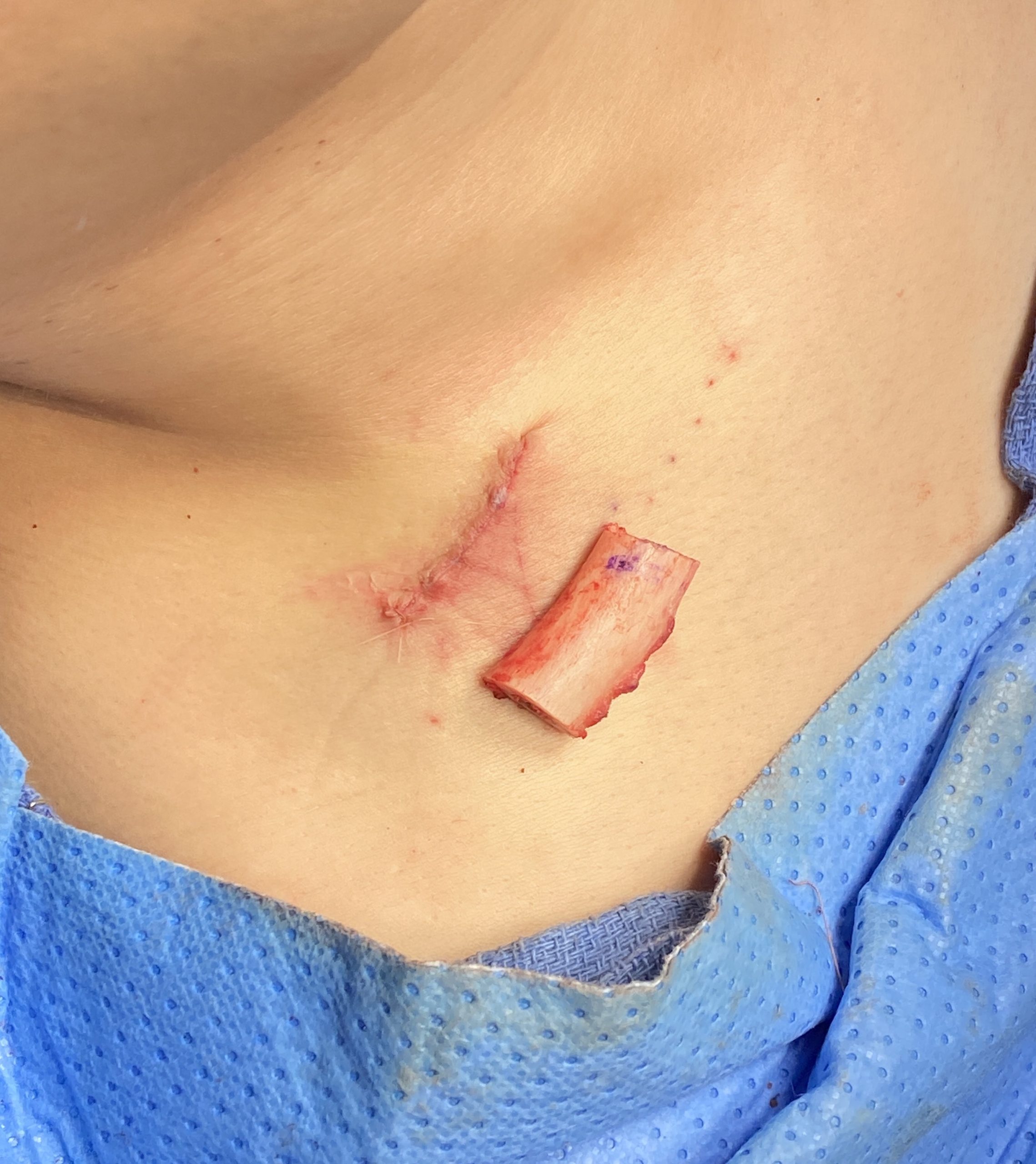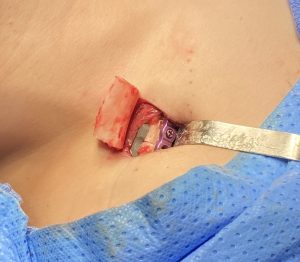Background: In females seeking shoulder narrowing reshaping surgery there are three factors that must be considered during the procedure. The location and extent of the incisional access, how much length of the clavicle can be removed and how are the two bone ends going to be securely put back together. Much discussion has been previously done on the amount of clavicle bone removal and the plate and screw fixation methods used. Much less has been said about the incision which in an aesthetic operation always has great relevance.
Most clavicle procedures from an orthopedic perspective is done through long incisions placed on the anterior surface of the bone. This provides the most direct access even if it produces the most visible scar. While this is acceptable in traumatic clavicle fractures it is not for an aesthetic shoulder procedure such as clavicle reductions. For this reason the incision is moved onto a more superior position behind the clavicle in the supraclavicular fossa at its inner third. This concave soft tissue lower neck area has thinner skin in a less visible location.
Due to the concept of the ‘mobile window’ the incision can be slide forward to fully visualize the bone in a 360 degree fashion. It can also be slide from side to side to reach beyond the length of bone seen through the incision. Once the operation is complete the incision slides back over the clavicle back into the less visible supraclavicular fossa. But there are some technical maneuvers in making and closing the incision that contribute to the best scar result possible.
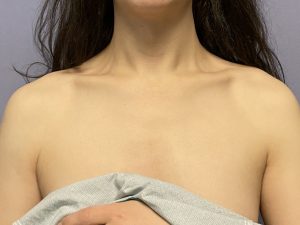
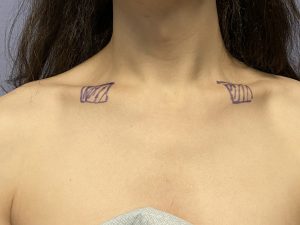
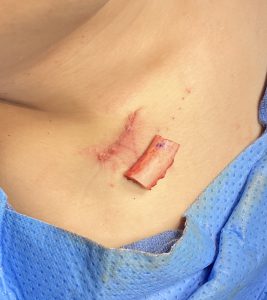

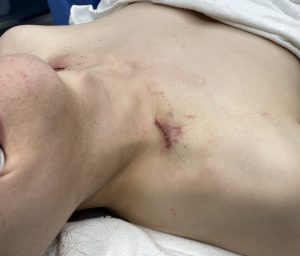
Case Highlights:
1) The incisional location in shoulder narrowing surgery is in the supraclavicular fossa above and behind the inner third of the clavicle.
2) The length of the supraclavicular skin incision should not be much longer than the length of the bone that is to be removed.
3) Reapproximating the deeper soft tissues over the clavicle is necessary for plate coverage and a tension-free skin closure.
Dr. Barry Eppley
Indianapolis, Indiana

